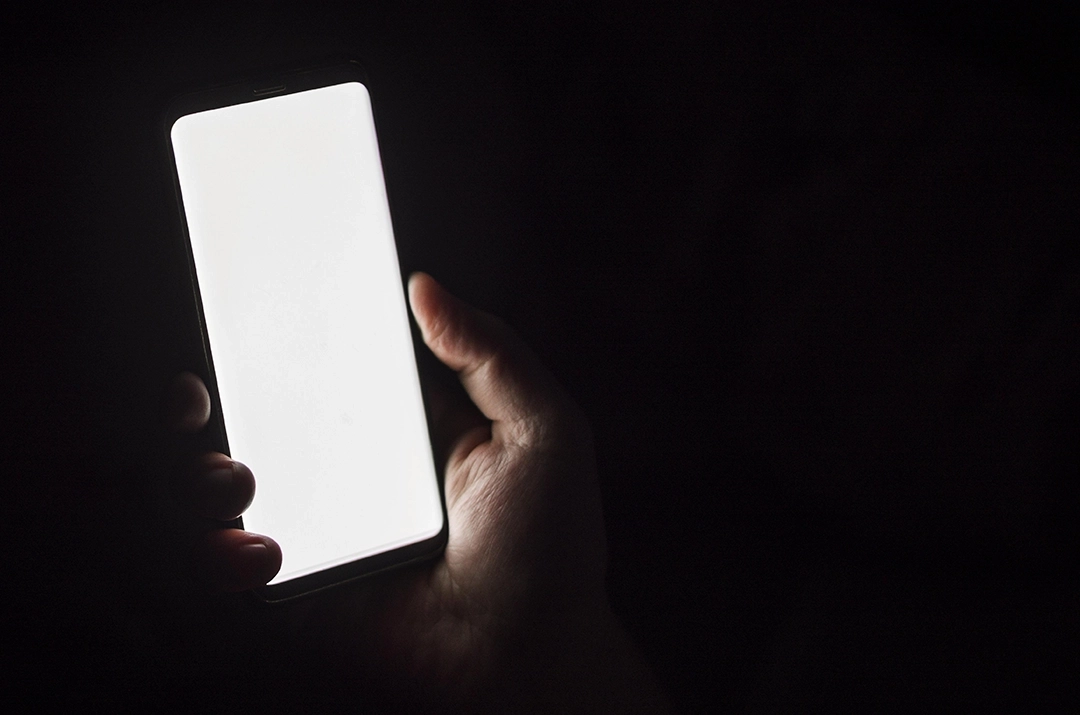 Go to English Version
Go to English VersionPerhaps prompted by a timely confession—or by something closer to a revelation tinged with the paranormal—a journalist from El Español published today an article suggesting that sharing every moment is no longer the axis of the digital experience. It reads as if announcing a trend I cannot find anywhere. Perhaps it is simply that my generation, the people I follow and who follow me, are no longer inclined to chase trends. What has been christened zero posting, the deliberate emptying of one’s wall and the reduction of publishing to the bare minimum, seems to have taken hold as a new way of inhabiting these platforms, particularly among younger users. If true, it marks no small shift.
For years, uploading one or several photographs has been the daily rite of many. Magazine-ready breakfasts, journeys abroad, or fashionable outfits have circulated as tokens of belonging to a very specific enclave within our hyperconnected world. Yet some have begun to notice that such behavior shows the first unmistakable signs of fatigue. And it is hardly surprising.
A study by Morning Consult in the United States indicates that barely 18% of Generation Z posts content daily. Globally, one in three users admits to having reduced their activity, with the decline most pronounced among those under thirty.
In Spain—where this report originates—the tendency is confirmed by an IAB Spain survey, noting that 33% of internet users abandoned at least one network in the past year, with X (28%) and Facebook (15%) leading the exodus. The reasons most often cited are boredom, loss of interest, and above all, the longing for privacy.
Cultural analysts emphasize that such a turn reflects a broader exhaustion with overexposure. After years of algorithm-driven posting and the ascendance of influencers, a weariness has emerged toward the aesthetics of perfection and the relentless pressure to accumulate likes. To this must be added—one of the weightier causes, in my view—the irruption of images generated by artificial intelligence, dissolving the boundaries between the authentic and the fabricated.
The change is not only one of frequency but of form. What is called the trash aesthetic proliferates: blurred images, harshly lit by flash, photographs stripped of visual polish—in deliberate contrast to the calculated, chromatically disciplined feeds that dominated the last decade. This aesthetic arises as a gesture of rebellion against aspirational gloss.
Zero posting is also read as a sudden attentiveness to the management of one’s digital footprint. By reducing permanent posts and shifting interaction to temporary content—stories, restricted profiles—users pursue a firmer control over their online presence and the degree to which their daily lives are made public.
The phenomenon also resonates with a renewed attraction to the analog: putting the phone away at concerts, refusing to photograph every instant of a vacation, or reviving disposable cameras as a way to reclaim direct experience over technological mediation.
Taken together, zero posting is not disconnection but cultural reorientation. It signals a shift from the obsession with visibility toward a pursuit of authenticity, privacy, and control, announcing a new cycle in our social relation with the digital.
But how should one take this claim at face value?
By relying, I suppose, on surveys, reports, and the pronouncements of media. I have always thought there were those who kept the visual memory of their lives to themselves, and those who considered the public display of routine as life itself. When I realize that, for years, I have not seen a single photograph online of people I care for deeply—or of others about whom I feel an almost unwholesome curiosity—I sense a certain sadness for them, which perhaps is only the mirror of my own. And I feel the same sadness in the opposite case, when I am forced to hide under the table to shield myself from so much borrowed life which, by being so abundant and so copious, scarcely seems like life at all.











Comments powered by Talkyard.